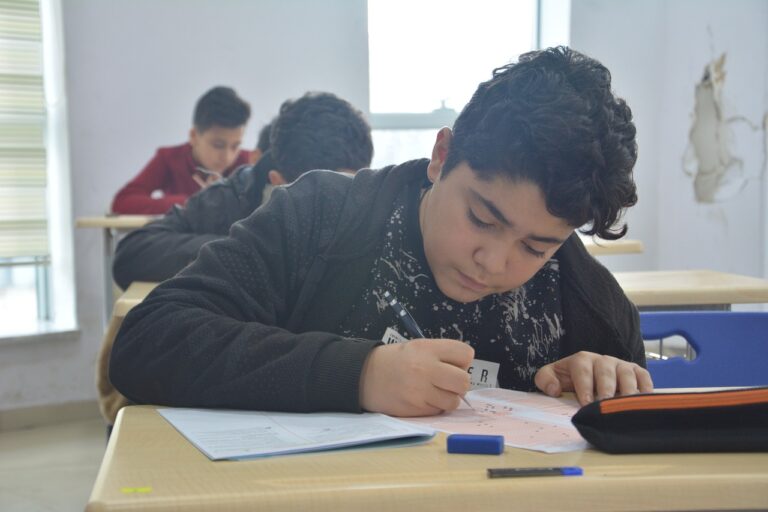Challenges and Opportunities in Remote Education
Remote learning has presented numerous challenges for both students and educators alike. The sudden shift to online platforms has left many feeling overwhelmed and struggling to adapt to this new way of learning. Students, in particular, have had to grapple with issues such as unreliable internet connections, lack of access to necessary technology, and difficulties in staying engaged without the in-person interaction they are accustomed to.
On the other hand, educators are facing their own set of challenges in transitioning to remote teaching. Many teachers are finding it challenging to replicate the interactive and collaborative learning experience that traditional classrooms provide. They also have to deal with the additional workload of converting their lesson plans and materials into formats suitable for online delivery, all while trying to ensure that every student is able to access and participate in the virtual classroom. As the education sector continues to navigate these obstacles, finding effective solutions to these challenges will be crucial in ensuring a successful transition to remote learning.
Technology barriers for students and educators
In the realm of remote learning, technology barriers present significant hurdles for both students and educators. For students, limited access to necessary devices such as laptops or tablets can impede their ability to participate fully in virtual classes. This lack of access can lead to feelings of exclusion and difficulty in keeping up with coursework, ultimately affecting their educational progress.
On the other hand, educators also face challenges in adapting to remote teaching methods due to technology barriers. Issues such as unstable internet connections, inadequate digital literacy skills, and limited access to resources can hinder their ability to deliver quality instruction effectively. Without the necessary tools and support, educators may struggle to engage students and provide the interactive learning experiences crucial for academic success.
What are some challenges students face in transitioning to remote learning?
Some challenges students face in transitioning to remote learning include lack of access to reliable internet, limited access to necessary technology devices, and difficulty in staying motivated and focused without in-person interaction.
How do technology barriers impact educators in the remote learning environment?
Technology barriers can impact educators in the remote learning environment by making it difficult to deliver lessons effectively, communicate with students and parents, and provide timely feedback on assignments.
What are some common technology barriers that students and educators face?
Common technology barriers that students and educators face include lack of access to high-speed internet, outdated or incompatible devices, limited technical support, and insufficient training in using digital tools for learning.
How can schools and institutions address technology barriers for students and educators?
Schools and institutions can address technology barriers by providing access to loaner devices, offering internet subsidies or hotspots, investing in technology infrastructure, providing training and support for digital tools, and collaborating with community partners to bridge the digital divide.
What are some strategies for overcoming technology barriers in remote learning?
Some strategies for overcoming technology barriers in remote learning include creating flexible learning options, utilizing a variety of digital tools and platforms, promoting digital literacy skills, providing ongoing tech support, and fostering a supportive and inclusive learning environment for all students and educators.





